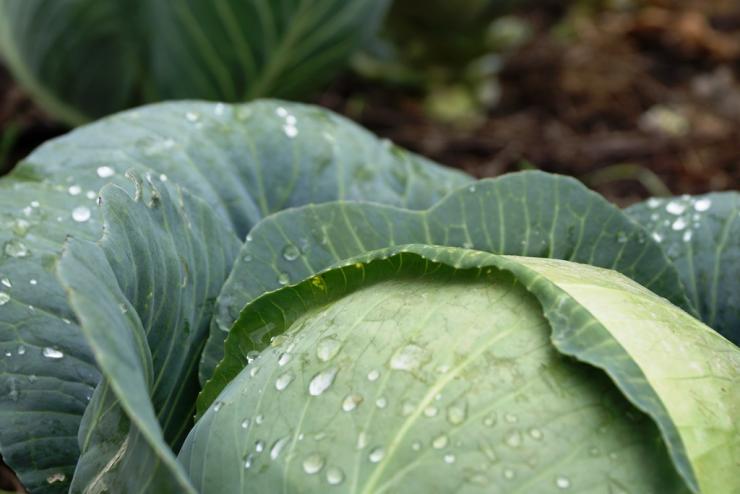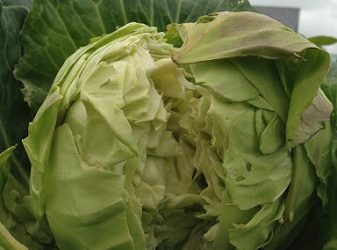Water quality for herbicide preparation.

Good quality water is important when mixing and spraying herbicides. Poor quality water reduces the effectiveness of some herbicides and can damage the spray equipment.
Water quality depends on the source of the water and this can be either rain water in tanks, dams, rivers, boreholes. Seasonality e.g. heavy rains and drought affect water source quality.
Several characteristics of water quality which affect herbicide performance include.
Poor water quality can:
– Increase chemical breakdown in the spray water (hydrolysis)
– Reduce herbicides activity (inactivation)
– Precipitate the pesticides out of solution
– Result in spray line blockages.
Dirt/ Muddy water
Dirty water has very small soil particles suspended in it. These soil particles absorb and bind chemical’s active ingredient and reduces its effectiveness. This applies especially to Glyphosates, Paraquat and Diquat. Dirt block nozzles, lines and filters and reduce the sprayer’s overall performance. As a guide, water is considered dirty when it is difficult to see any object in the bottom of a bucket with the said water.
Note:
Treat cloudy water if paraquat or diquat is to be used, If glyphosate is to be used treating water is not recommended,
Settling of muddy or cloudy water should be done in the main supply tank. If absolutely necessary, it can be done in the spray nurse tank, but not the actual boom tank.
Hard water
Water is termed hard when it has a high percentage of calcium, sulphates, chlorides and nitrates and magnesium. These ions can interfere with chemicals by the process of inactivation, breakdown or precipitation. Hard water does not lather with soap.
Some formulations are particularly sensitive to hard water. Glyphosate, 2,4-D amine and MCPA amine are affected by water hardness. Hard water also affects the balance of the surfactant system used alongside Herbicides and affect properties such as wetting, emulsification and dispersion on leaf surfaces. Very hard water reduces the efficiency of agents used to clear dirty water.
Concentrations of Calcium ions of over 50ppm reduces the uptake of glyphosate. This may be alleviated by adding 2kg of crystalline ammonium sulphate for every 100L of water. Using maximum recommended rates of herbicide will overcome some of the problems, except for 2,4-D.
Water pH
pH is a measure of acidity and alkalinity scaled on a range between 1 and 14. A pH of 7 is neutral, less than 7 acid and more than 7 alkaline. Most natural waters have a pH between 6.5 and 8. In highly alkaline water of pH greater than 8, many chemicals undergo a process called alkaline hydrolysis. This process causes the breakdown of the active ingredient into other compounds which can reduce the efficacy of the pesticide over time. This is one reason why spray mixes should not be left in spray tanks overnight.
Measure your water pH – you can use a cheap pH meter or universal indicator strips – before spraying.
Dissolved salts
The total amount of mineral salts dissolved in water is usually measured by the electrical conductivity (EC) of the water. The EC of boreholes and dams depends largely on the salt levels in the rock and soil that surrounds them. During a drought the salinity of water increases. Very salty water can cause blockages in equipment and is more resistant to pH changes. To reduce the effects of salty water, dilute with fresh water.
Organic matter
Water containing a lot of organic matter such as leaves or algae can block nozzles, lines and filters. Algae react with some chemicals reducing their effectiveness. Remove organic material by filtration or treatment before adding to the tank.
Temperature
Very hot or cold water has been known to affect the performance of some chemicals so it is also a key consideration. High water temperatures can accelerate the process of hydrolysis, and cold water can result in gelling problems. Dispersing products formulated as wettable granules or powders may be more difficult in cold water. Ensure you agitate the mix thoroughly to reduce problems.


